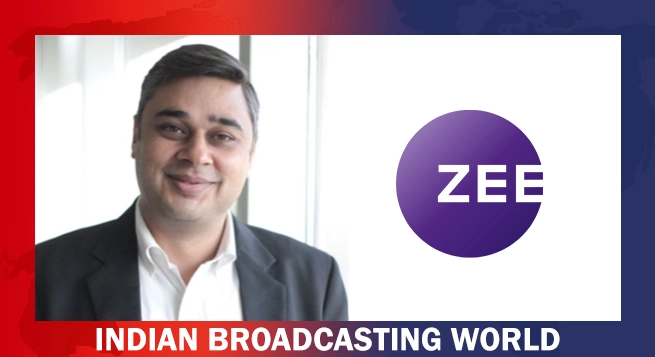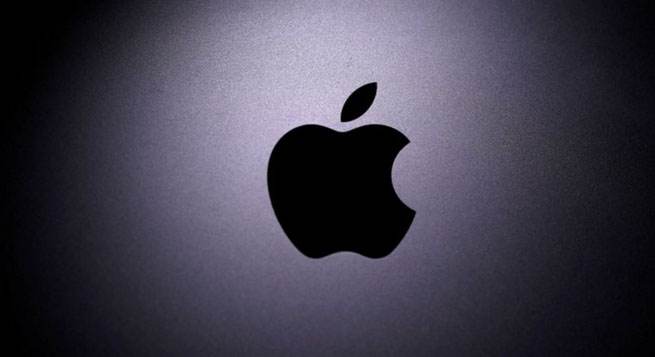Apple Inc. will roll out a system for checking photos for child abuse imagery on a country-by-country basis, depending on local laws, the company has said.
Apple said it would implement a system that screens photos for such images before they are uploaded from iPhones in the United States to its iCloud storage, a Reuters report said.
Child safety groups praised Apple as it joined Facebook Inc., Microsoft Corp, Alphabet Inc.’s Google in taking such measures.
But Apple’s photo check on the iPhone itself raised concerns that the company is probing into users’ devices in ways that could be exploited by governments. Many other technology companies check photos after they are uploaded to servers.
In a media briefing on Friday, Apple said it would make plans to expand the service based on the laws of each country where it operates.
The company said nuances in its system, such as “safety vouchers” passed from the iPhone to Apple’s servers that do not contain useful data, will protect Apple from government pressure to identify material other than child abuse images.
Apple has a human review process that acts as a backstop against government abuse, it added. The company will not pass reports from its photo checking system to law enforcement if the review finds no child abuse imagery.
Regulators are increasingly demanding that tech companies do more to take down illegal content. For the past few years, law enforcement and politicians have wielded the scourge of child abuse material to decry strong encryption, in the way they had previously cited the need to curb terrorism.
A few resulting laws, including in Britain, could be used to force tech companies to act against their users in secret.
While Apple’s strategy may deflect government meddling by showing its initiative or complying with anticipated directives in Europe, many security experts said the privacy champion was making a big mistake by showing its willingness to reach into customer phones.
“It may have deflected U.S. regulators’ attention for this one topic, but it will attract regulators internationally to do the same thing with terrorist and extremist content,” said Riana Pfefferkorn, a research scholar at the Stanford Internet Observatory.
 NBF issues another advisory to member TV news channels
NBF issues another advisory to member TV news channels  Govt directs OTT platforms to stop airing Pak content
Govt directs OTT platforms to stop airing Pak content  Netflix to have AI-powered iOS search in TV app revamp
Netflix to have AI-powered iOS search in TV app revamp  India sets up panel to review copyrights laws, AI disputes
India sets up panel to review copyrights laws, AI disputes  ZEEL appoints Rohit Suri as Chief Human Resource Officer
ZEEL appoints Rohit Suri as Chief Human Resource Officer  Ved Prakash Sharma’s bestselling novels to get film adaptations
Ved Prakash Sharma’s bestselling novels to get film adaptations  Ultra Play celebrates iconic Bollywood mothers with content lineup
Ultra Play celebrates iconic Bollywood mothers with content lineup  Sony PAL records 15.6% weekly reach in Week 17: BARC Report
Sony PAL records 15.6% weekly reach in Week 17: BARC Report  Dolby announces Mother’s Day special content lineup
Dolby announces Mother’s Day special content lineup 








